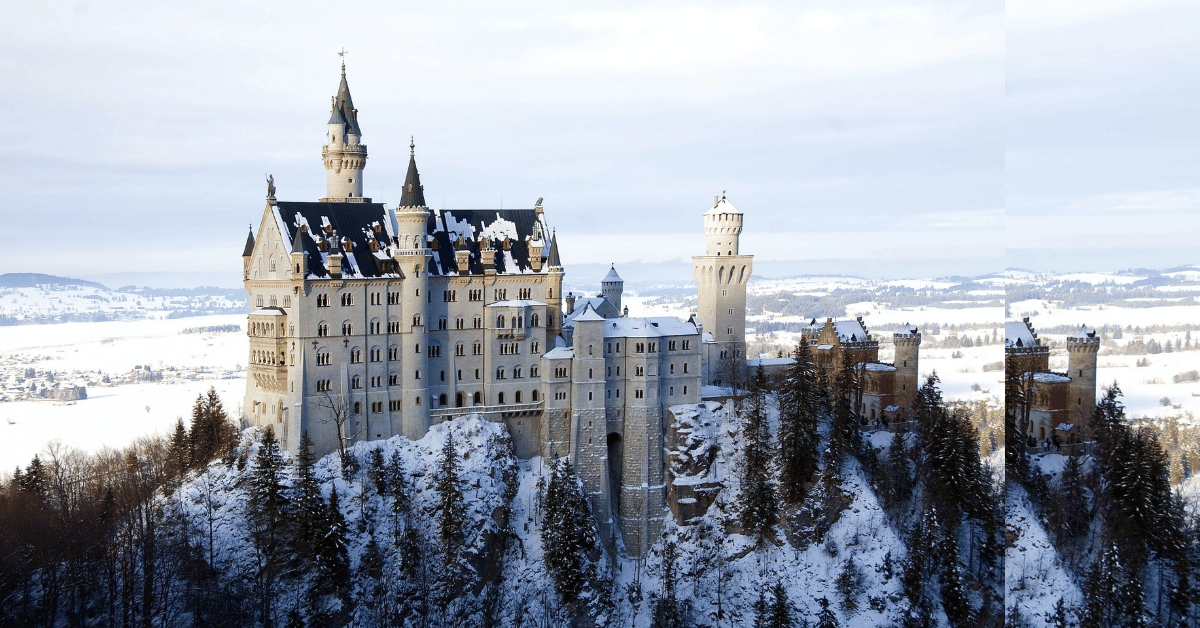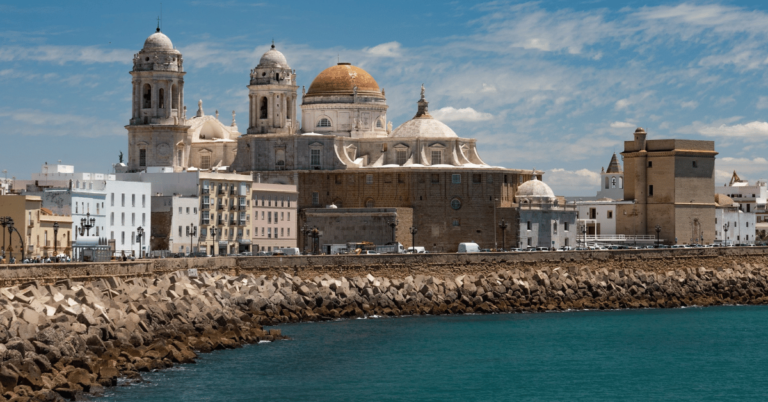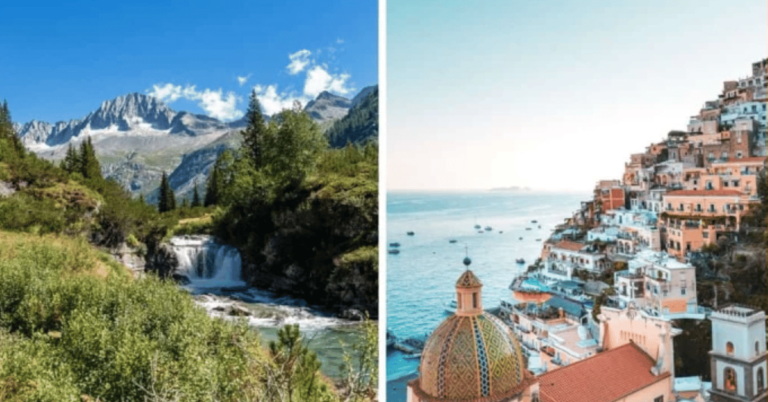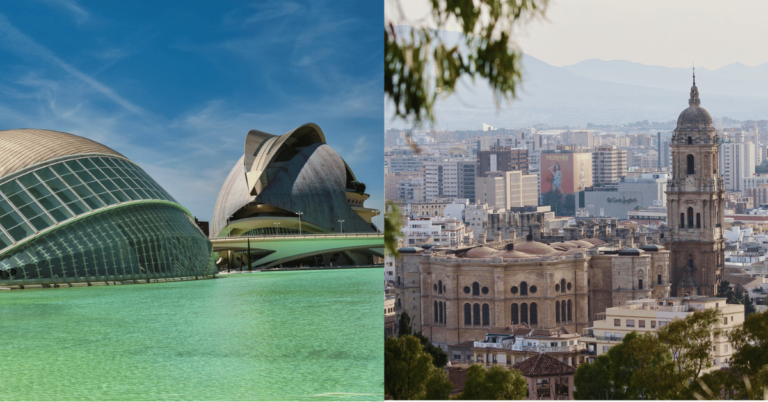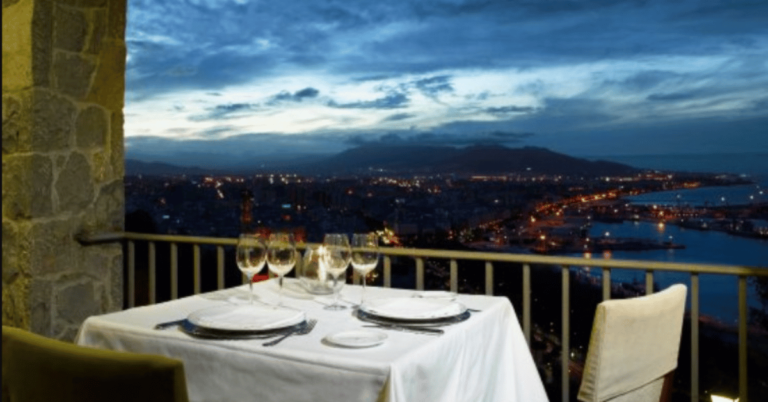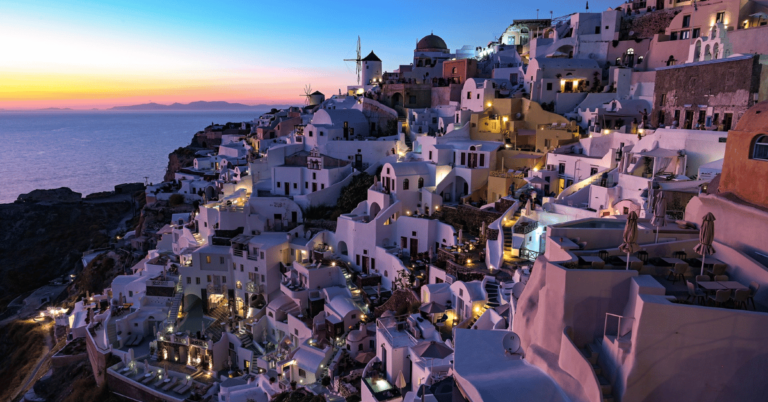Exploring the Coldest Places in Europe
Europe boasts frozen treasures that beckon adventurous souls to explore their icy landscapes. From the Arctic north to the alpine heights and remote islands, the continent harbors some of the coldest places on Earth. In this article, we will explain a captivating journey through Europe’s frozen realms, discovering the allure and challenges of these remarkable destinations. So bundle up and join us as we uncover the beauty and wonder of the “Coldest Places in Europe.”
The Arctic North
Svalbard: The Land of the Polar Night
In the remote archipelago of Svalbard, the sun hides for months, giving rise to the mesmerizing phenomenon known as the polar night. As temperatures plummet, the rugged landscapes become a stark canvas of ice and snow. Here, adventurers brave the bone-chilling cold to witness the untouched beauty of glaciers and fjords and perhaps catch a glimpse of the elusive polar bears that call this frozen wonderland home.
Lapland: Where Reindeer Roam
In the enchanting land of Lapland, winter casts a magical spell. As temperatures drop below freezing, the region transforms into a winter wonderland blanketed in pristine snow. Here, visitors can embark on exhilarating husky sled rides, meet the indigenous Sami people, and marvel at the captivating dance of the Northern Lights in the frigid night sky. Lapland is truly a place where imagination meets the icy reality.
Kiruna: Sweden’s Frozen Gem
In Sweden’s Arctic wilderness, Kiruna is where frozen dreams come to life. With temperatures reaching unimaginable lows, this remote town embraces the cold with open arms. One of its unique attractions is the Ice Hotel, a marvel of architecture where guests can experience the thrill of sleeping in rooms sculpted entirely from ice. Kiruna’s icy landscapes and ethereal beauty make it a must-visit destination for those seeking a true winter adventure.
The Frozen East
Yakutsk: The Coldest City on Earth
In the far reaches of eastern Siberia lies Yakutsk, a city that claims the title of the coldest inhabited place on Earth. Here, temperatures regularly plummet to jaw-dropping lows, testing the resilience of its residents. Life in Yakutsk revolves around extreme cold, with buildings constructed on stilts to prevent them from sinking into the permafrost. Discover the captivating stories of survival and the unique adaptations that allow the people of Yakutsk to thrive in this frigid environment.
Oymyakon: The Pole of Cold
Welcome to Oymyakon, the place where the mercury freezes. With record-breaking temperatures that have dipped below -90 degrees Fahrenheit, this remote Siberian village holds the title of the coldest inhabited place on the planet. It’s a land of frosty tales, where eyelashes freeze, and cars are left running to prevent the engines from seizing. Uncover the secrets of Oymyakon’s residents as they navigate life in this extreme cold, where every breath becomes a visible testament to the power of winter.
Murmansk: Gateway to the Arctic
Located on the Kola Peninsula, Murmansk is the gateway to the Arctic and offers a unique blend of icy landscapes and cultural exploration. This Russian city embraces its polar climate, providing a host of activities such as ice fishing, snowmobiling, and even swimming in the frozen waters of the Arctic Ocean. Delve into Murmansk’s rich history and traditions, and witness the breathtaking beauty of the Northern Lights dancing across its snowy skies.
The Alpine Heights
High Tatras: A Winter Wonderland
The High Tatras, a majestic mountain range straddling Slovakia and Poland, becomes a winter paradise when temperatures plunge. Towering peaks draped in snow and shimmering frozen lakes create a picturesque landscape from a fairytale. Skiing, snowboarding, and winter hiking are just some exhilarating activities that await adventurers seeking an adrenaline rush amidst the frigid embrace of nature.
St. Moritz: Playground of the Elite
Nestled in the Swiss Alps, St. Moritz exudes elegance and grandeur, attracting winter sports enthusiasts and the jet set alike. This glamorous destination offers a combination of luxurious resorts, high-end shopping, and exhilarating outdoor activities. From ice skating on the frozen lake to watching thrilling polo matches on the snow-covered fields, St. Moritz is a playground where the coldest season is embraced with style and sophistication. You must visit Hvar vs Split
Jungfraujoch: The Top of Europe
Ascending the summit of Jungfraujoch, the highest railway station in Europe, is an adventure that promises awe-inspiring vistas and icy wonders. Located in the Swiss Alps, this frozen realm offers panoramic views of towering peaks and glaciers that seem to stretch to infinity. Visitors can explore the Ice Palace, marvel at the Sphinx Observatory, and breathe in the crisp mountain air while savoring the unique experience of being at the “Top of Europe.”
The Remote Islands
Jan Mayen: Arctic Volcano Haven
In the vast Arctic Ocean lies Jan Mayen, a remote volcanic island largely untouched by human presence. Shrouded in ice and snow, this frozen oasis is home to the Beerenberg volcano, which pierces through the frigid landscape. Wildlife thrives in this pristine environment, with Arctic foxes and seabirds gracing the icy shores. Embark on a journey to this secluded island and immerse yourself in the raw power and untouched beauty of Jan Mayen.
Jan Ǿyane: Norway’s Icy Jewel
In the Arctic archipelago of Svalbard, Jan Ǿyane is a frozen jewel waiting to be discovered. The island is blanketed in a new layer of snow, creating a magical atmosphere. Polar bears roam the icy terrain while reindeer graze against a backdrop of towering glaciers. Explore this remote haven, where time seems to stand still, and nature reigns supreme in its icy splendor.
Bear Island: A Polar Oasis
Bear Island is an uninhabited polar oasis in the heart of the Barents Sea. A haven for migratory birds, this frozen paradise offers a glimpse into the Arctic’s untouched wilderness. With icy cliffs, rugged coastlines, and vast colonies of seabirds, Bear Island presents a unique opportunity to witness nature’s resilience in the face of extreme cold. Traverse this remote Arctic sanctuary and be captivated by its breathtaking landscapes.
Conclusion
Europe’s coldest places hold an undeniable allure for those who dare to venture into the icy unknown. From the Arctic north, where the polar night casts its enchanting spell, to the alpine heights and remote islands, each destination offers a unique experience amidst the extreme cold. Embrace the beauty and challenges of these frozen wonders as they unveil the indomitable spirit of nature and the human capacity to adapt and thrive in the harshest conditions. So, pack your warmest clothes and embark on a journey to the “Coldest Places in Europe” for an adventure that will leave you awe-inspired and yearning for more.
FAQs
What are the average temperatures in the coldest places in Europe?
In the coldest places of Europe, temperatures can reach extreme lows, often dropping below freezing. Some regions, such as Oymyakon in Siberia, the Coldest place in Europe in winter, have recorded temperatures below -90 degrees Fahrenheit (-68 degrees Celsius).
How do the locals adapt and cope with the extreme cold?
These regions’ locations have adapted to the extreme cold using various techniques. These include constructing buildings on stilts to prevent them from sinking into the permafrost, using specialized clothing and insulation, and adopting unique cultural practices to withstand the frigid conditions.
Are there any safety precautions while visiting these locations?
When visiting the coldest places in Europe, it is crucial to take necessary safety precautions. These may include dressing in warm, layered clothing, carrying emergency supplies, and ensuring proper protection against frostbite and hypothermia. It is also advisable to travel with experienced guides who are familiar with the area and weather conditions.
Can tourists visit these places year-round?
While some of the coldest places in Europe can be visited year-round, it is essential to consider the specific climatic conditions and the suitability of the activities you wish to engage in. Some regions may be inaccessible or pose greater challenges during certain seasons, so it is recommended to plan your visit accordingly.
What are some unique activities one can partake in in these cold destinations?
In the coldest places of Europe, there is a wide range of unique activities to enjoy. These include dog sledding, skiing, snowboarding, ice fishing, snowshoeing, witnessing the Northern Lights, and exploring ice hotels and palaces. Each destination offers thrilling experiences that allow visitors to embrace the winter wonderland in their special way.
